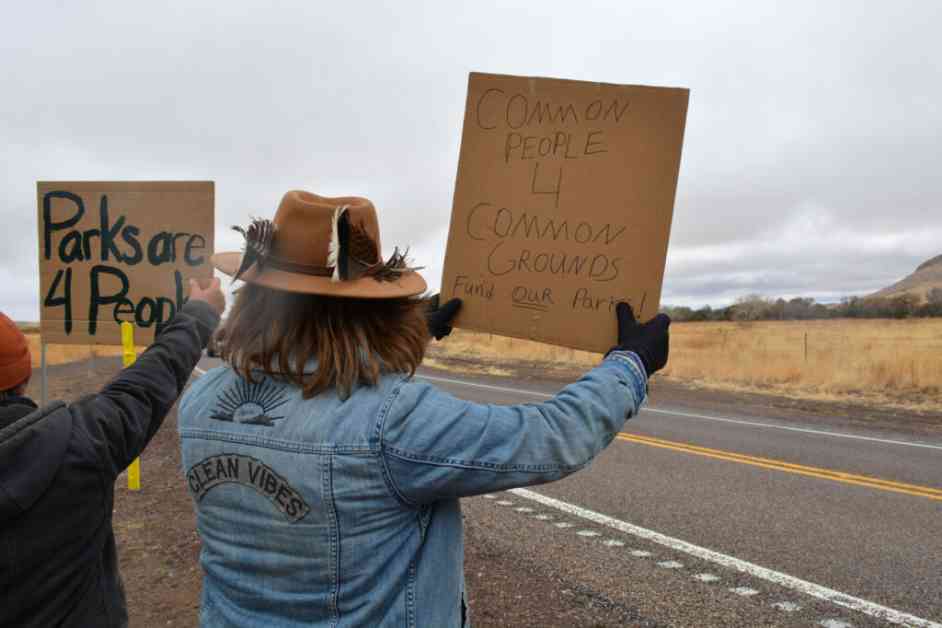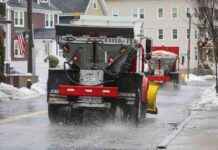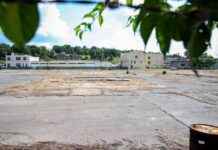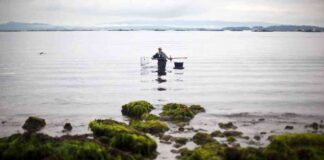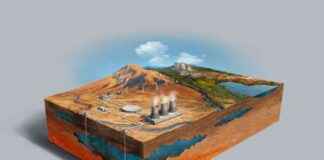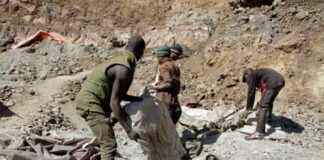The Trump Administration’s Threat to National Monuments: A Deeper Look
It was a chilly morning in southeastern Arizona, where the Rocky Mountains meet the Sierra Madre Occidental range, and the Sonoran and Chihuahuan deserts converge. Despite the weather, approximately 20 local residents gathered at Chiricahua National Monument to voice their concerns over the Trump administration’s actions towards federal lands and national parks. This protest was part of a larger movement that has seen thousands demonstrate in iconic locations like the Grand Canyon and lesser-known treasures such as Chiricahua.
Since assuming office, the Trump administration has made significant changes within the Interior Department, resulting in the layoff of over 2,000 probationary employees and funding freezes that have hindered conservation efforts across public lands. In Cochise County, where Chiricahua National Monument is located, these decisions are already impacting the local economy and threatening the cherished landscape of the area.
The protesters gathered not just to decry the current situation but to express deep fears about the potential privatization of public lands in the Western United States. They are worried that beloved monuments like Chiricahua could be disassembled and sold off to the highest bidder. These concerns were further exacerbated by a fact sheet released by the White House, indicating plans to eliminate nearly a million acres of new national monuments that have been deemed to impede economic development and energy production.
The Uncertain Future of National Monuments
As the protest unfolded, news broke that California’s Chuckwalla and Sáttítla Highlands National Monuments, the last monuments designated by former President Joe Biden, had been eliminated through executive order. The lack of public announcements regarding these actions has left local advocates uncertain about the fate of these newly established monuments.
City Councilmember Casey Glaubman of Mount Shasta expressed shock at the White House’s decision to alter the Sáttítla Highlands National Monument without engaging with the community. This move not only puts the area’s recreational opportunities at risk but also endangers vital reserves of clean water. The abrupt changes have left tribal nations, local officials, business leaders, and outdoor enthusiasts feeling blindsided and disheartened.
A History of Monumental Controversy
President Trump’s track record with national monuments has been contentious. During his previous term, he significantly reduced the size of Utah’s Bears Ears and Grand Staircase-Escalante National Monuments, established by the Obama and Clinton administrations, respectively. While the Biden administration reinstated these monuments to their original sizes, Trump has indicated plans to shrink them again. Additionally, he is eyeing the Baaj Nwaavjo I’tah Kukveni – Ancestral Footprints of the Grand Canyon National Monument in the Colorado Plateau region for potential changes.
The conservative Heritage Foundation’s Project 2025 has proposed repealing the Antiquities Act of 1906, which grants presidents the authority to create national monuments. This move has raised concerns about the erosion of protections for public lands and the constitutionality of such actions.
Legal and Environmental Ramifications
Experts have questioned the legality of a president rescinding national monuments, as Congress holds ultimate authority over public lands. While the Antiquities Act empowers presidents to establish monuments, it does not explicitly grant them the authority to diminish or eliminate these protected areas. This constitutional dilemma underscores the broader debate surrounding the preservation of public lands and the role of governmental powers in environmental conservation.
Amidst these legal and political debates, local residents like Amie Esteves from Bisbee, Arizona, are leading grassroots efforts to safeguard public lands. Esteves emphasizes the collective value of these lands to communities over individual corporate interests, urging the public to remain vigilant and vocal in defending these natural treasures.
In Conclusion
The fate of national monuments like Chiricahua, Chuckwalla, and Sáttítla Highlands hangs in the balance as political tensions and environmental advocacy collide. The ongoing struggle to protect public lands underscores the critical importance of civic engagement and ecological stewardship in safeguarding the nation’s natural heritage.
As we navigate these uncertain times, it is evident that the battle for conservation extends beyond policy debates to encompass broader questions of identity, community, and sustainability. The preservation of national monuments is not just a legal matter but a moral imperative that transcends political affiliations and economic interests. In the face of these challenges, it is incumbent upon all citizens to stand up for the lands we cherish and the future we wish to preserve.

